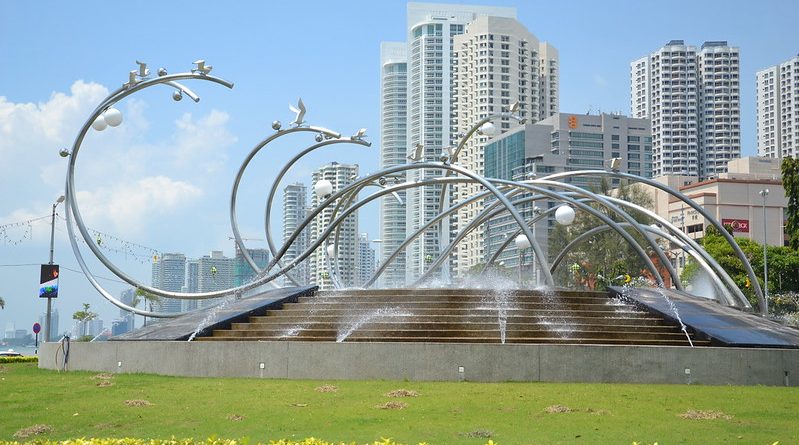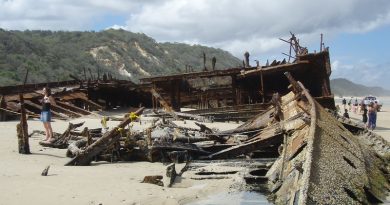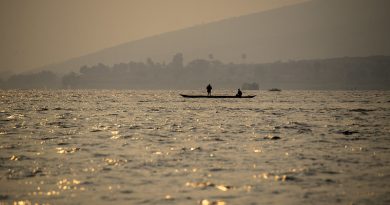Penang: Pearl of the Orient
Penang, known as the Pearl of the Orient, is an island state off the northwest coast of Malaysia, which has a rich and diverse history moulded by its strategic location which has made it a cultural melting pot.
The area was originally inhabited by indigenous peoples before becoming a trading hub in the 15th century, particularly with the arrival of the Malay Sultanate and the influence of the Muslim traders.
In 1786, Captain Francis Light, a British trader, established Penang as a British settlement, recognizing its potential as a trading port. He named it Prince of Wales Island and developed it into a free port, attracting traders from various regions, including China, India, and the Middle East. This led to a significant influx of immigrants, particularly the Chinese and Indians, who contributed to the island’s multicultural society.
Throughout the 19th century, Penang flourished as a major trading center in Southeast Asia, and George Town, its capital, became a vibrant urban center. The town was recognized for its unique architectural styles, blending colonial, Chinese, and Indian influences, which are still visible today through its historic shophouses in its UNESCO World Heritage-listed area.
In the early 20th century, Penang’s economy was bolstered by the rubber and tin industries, and it continued to play a vital role in trade and commerce. During World War II, Penang was occupied by Japanese forces,
The island also has some famous beaches including Batu Feringhi which was popular with hippies in the 1970s.
Post-war, Penang underwent rapid development and industrialization, becoming a key player in Malaysia’s economy.
The capital of Penang George Town, is Malaysia’s premier food destination on account of its mixing of Indian, Chinese and Malay populations.
It’s famous buildings include:
*Fort Cornwallis – Built by the British East India Company in the late 18th century.
*Kapitan Keling Mosque – One of the oldest mosques in Penang (1801).
*Khoo Kongsi – A grand Chinese clan house showcasing intricate architecture.
*Cheong Fatt Tze Mansion (The Blue Mansion) – A restored Peranakan heritage house.
*Pinang Peranakan Mansion – A museum showcasing Straits Chinese culture.
Destination: Malaysia




